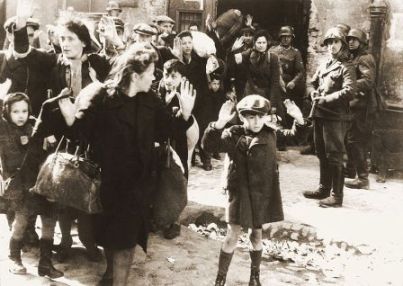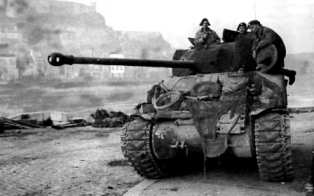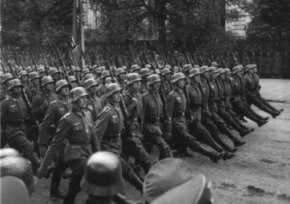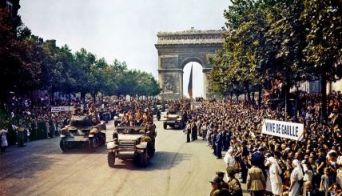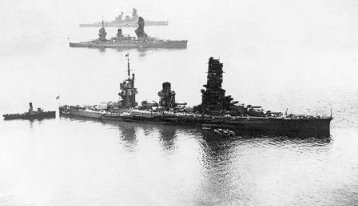Happy New year 2020.
Welcome to another exciting project on WW2.
WORLD WAR 2 PROJECTS:
You as experts in just concluded Yr. 6 Topic on the WW2.
You are required to think critically and pick any area shared from the list
below and design a 2D or 3D or a performance project that will share a learning journey or
discovery about World War 2.
Project areas:
1.
Design 2D/ Draw/ paint portraits or posters of either Axis
or Allied leader or leaders of the WW2.
2.
Design 2D/Draw/ paint maps showing the Axis routes of attacks to Allies. or Allies routes of attack to the Axis.
3.
Draw 2D/ paint propaganda posters showing how Axis
used them to cause war.
4.
Create a brochure using manila paper on any of
these areas; Axis, Allied powers, Atomic bomb in Japan, Poland, Pearl Harbor,
Causes of WW2, Effects of WW2,
5.
Create 3D models of main countries in Axis
powers or Allied powers before and after the war, showing how wartime looked like and their effects.
6. Using your knowledge of poetry writing, create and perform a play/ comedy/ skit/ poem/ song on WW2 ( focus on Axis, Allied, or both).
6. Using your knowledge of poetry writing, create and perform a play/ comedy/ skit/ poem/ song on WW2 ( focus on Axis, Allied, or both).
Important instructions:
1.
You will be required to work independently or in
a group not exceeding four peers.
2.
Use the project rubric as an individual or group to
score 25 points.
3.
The project will take one week to be
completed.
4.
Your individual expert/ skills are needed at all
times. SHARE EACH MEMBER'S ROLES / DUTY.
Examples; Title, sketching, drawing, coloring, writing/typing, sticking/gluing, printing, presenting, performing, play or skit roles. e.t.c
Examples; Title, sketching, drawing, coloring, writing/typing, sticking/gluing, printing, presenting, performing, play or skit roles. e.t.c
Project Rubric = 25 Points.
Enjoy Project time!!!
Wamurwa

